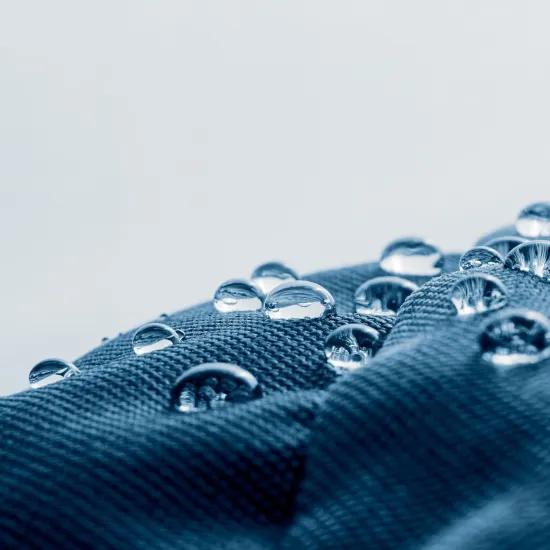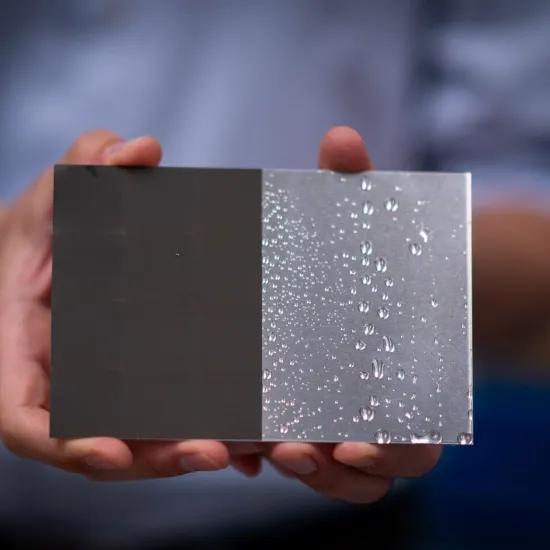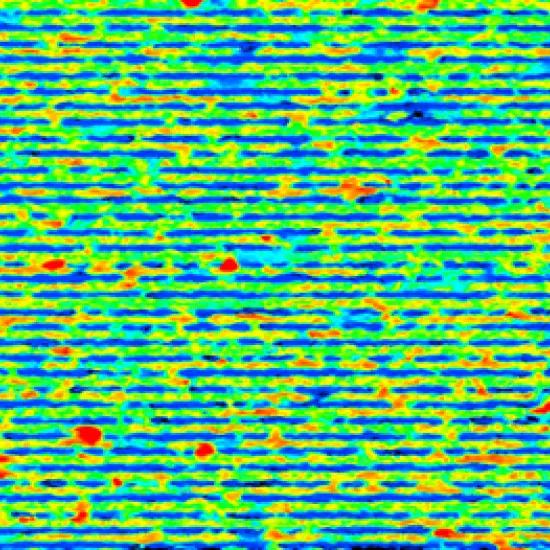Today, the search for more environmentally-friendly coatings for packaging papers, as a sustainable alternative to plastics, is taking up speed. Paper as a possible substrate scores high, but has a few drawbacks. In view of compatibility with the papermaking process and final recyclability, the deposition of waterborne coatings is preferred when including renewable materials. New concepts for both the protection of packaging papers with a coating, as well as recycling coated papers should be considered.
Need for alternatives
Packaging materials have to fulfil several functionalities, including protection, labelling and conservation of the packed ingredients. Plastic materials are nowadays mostly used, or even different plastic layers are combined into multi-stack layers to offer the various functionalities needed.
In the search for more sustainable solutions, paper may serve as a favourable candidate, as the substrate is made from renewable sources while providing good flexibility and mechanical strength. However, the water uptake of the cellulose fibres is a drawback that limits the use of papers in critical environment, causing migration of water and moisture, resulting in quality loss of the packed goods and loosening of mechanical strength and integrity. The hydrophobic protection is a primary request that can be governed through adaptation of the bulk paper (bulk sizing), which is traditionally governed by wet-chemical modification of the cellulose. Alternatively, the protective barrier layers that are applied consist of laminated polymer layers or water dispersible coatings. The laminated films are often applied industrially, however water, oil and grease resistance are often also improved by polymeric coatings containing fluoride or siloxane derivatives.
The industrial search for more environmentally-friendly coatings is in full expansion. In view of compatibility with the papermaking process and final recyclability, the deposition of waterborne coatings are preferred when including renewable materials such as biopolymers, nanocellulose, chitin/chitosan, wax or vegetable oils.
For more advanced packaging, protective coatings can be upgraded to active coatings for tuning of surface features of paper products by sustained delivery of active ingredients at the paper surface after deposition of the coating. The active packaging films involve materials that provide enhanced functionality such as anti-microbial protection, anti-oxidant properties, biocatalytic activity, or water repellence, in order to extend the shelf life of a product. This is done by allowing controlled migration or active release of non-volatile agents, emission of volatile compounds or absorption of oxygen and moisture. The controlled release packaging provides a specific type of active packaging for which the release rate of active ingredient can be triggered and sustained over time to a given level. The controlled release strongly depends on the processing method of the packaging material and incorporation in the bulk film. The release can be initiated through environmental temperature and humidity, or the activation under UV light is often used as a trigger for oxygen indicators and photocatalytic action in intelligent packaging.
New concept for the hydrophobic protection
A new concept for the hydrophobic protection of packaging papers through the application of a nanoparticle coating was recently presented in a new publication (P. Samyn, Active coating for packaging papers with controlled thermal release of encapsulated plant oils, Surfaces and Interfaces 2022). The different types of vegetable oils (such as, e.g., soy oil, corn oil, rapeseed oil, castor oil), were incorporated in organic nanoparticles and applied as a coating onto papers from aqueous dispersion. The final bio-content of the coatings can reach up to 70%, while the oil is fully immobilised at the paper surface. Upon thermal heating during post-processing of the coated paper, the thermally-controlled release of the encapsulated vegetable oils allows for the control of required hydrophobicity of the paper. The release mechanism of vegetable oils from polymer nanoparticles presented here can be applied for the 'on-demand' tuning of surface properties and hydrophobicity. As such, adaptable hydrophobicity can be delivered depending on the requirements of the packed goods, starting from a same base substrate.
In particular, the thermal release of oil from the paper coating allows for the controlled exposure of oil while covering the hydrophilic paper substrate with a more continuously protective and hydrophobic oil film that is maintained after cooling the substrate. The selection of the oil type and the specific release temperature allows to control the amount of free oil at the surface and consequent tuning of the required water resistance. In future, the concept for active paper coatings can be implemented for tailoring surface properties in various applications such as, e.g., sliding resistance of paper-based friction material in clutches, anti-stick conditions of bakery papers, release of cooking oils for meat wraps, release of hydrophobic moieties and oil-soluble fragrances, adapting surface energy for printability, or improving barrier properties in packaging papers. Besides packaging applications, the stimuli-responsive coatings for paper may be important in future applications such as sensors, carrier and delivery agents, or smart membranes.
Recycling as a next step
Sirris is not only active in the formulation of bio-based coatings for packaging papers in order to provide required barrier properties, but also in expanding its expertise in the field of recyclability of coated papers. Sirris is involved in the CORNET-Tetra project Repac2 (Repac² - Functional & recyclable coated paper packaging for food products), and therefore, it is currently installing a new processing line for testing the recyclability of coated paper.
The preliminary testing of the presented coating at small scale indicated favourable repulpability of the applied coating from a waterborne medium. However, the full validation tests need to be done in accordance with the recently published CEPI guidelines (Harmonised European laboratory test method to produce parameters enabling the assessment of the recyclability of paper and board products in standard paper and board recycling mills). The testing line for recycling of coated papers is expected to be operational end of August 2022, including pulp disintegration, sieving and optical inspection of hand sheets made from recycled pulp.
The recyclability of commercially coated papers for packaging will be benchmarked against different novel coating compositions, including both laminated papers and waterborne paper coatings with bio-based ingredients. Therefore, several testing samples supplied by members of the guidance group within the Repac2 project (Repac² - Functional & recyclable coated paper packaging for food products) will be primarily evaluated.
Interested in the Repac² project? Contact us!





